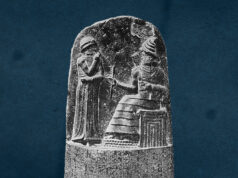When do you think people wore the most outlandish fashions? The 1960s? 70s? 80s? Not even close. Throughout history people have been sacrificing their bodies at the altar of fashion and the results were not always pretty and never practical.
1.
Shoes
It seems like every decade there is a new crazy shoe style. However, out forbearers did crazy a lot better than we do. How else do you explain these incredibly popular shoe styles? The first ridiculous shoe fad started in the 1300s in Europe. Men and women started elongating the tips of their slippers to points. The points got longer and longer until the wearer was in danger of tripping over them. Instead of realizing they’d taken the fad too far, people started attaching the points to the knee with chain or rope. Some shoes points were stuffed with fabric and made into the shape of a man’s genitals. Of course the clergy was furious and tried to discourage people from wearing these shoes on religious grounds. They got no where.
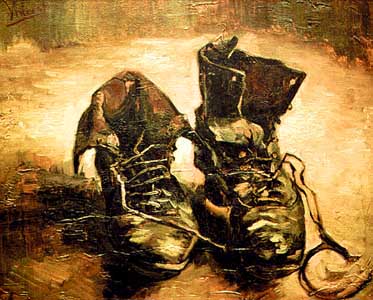
In the 1500s shoes went the other direction, literally. Instead of length people cared about width. Once people’s shoes were regularly 10 inches across at the toe and causing serious danger to everyone, England’s Bloody Mary passed a law that no shoe could be wider than a still absurd 6 inches.
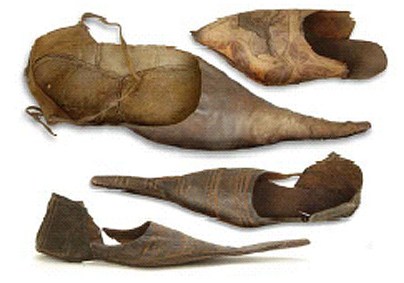
Today it seems that 6 inch high heels are the craziest we will go with women’s shoes. In the 16th century many Italian women added 8 inch slabs of wood, called chopines, to the soles of their shoes. The logic was it would keep the hems of their dresses clean since the streets were filthy. One has to wonder just how repulsively filthy if they needed more than a foot of clearance. In other parts of Europe these chopines reached 2-3 feet. At that height you literally could not walk without help, in case you fell over.
2.
Collars
What we know as a collar today started out for both men and women as a large ruff around the neck. The logic was that this would protect the edges of your clothing from wear. It was more economical to replace a ruff than an entire dress or shirt. As with most popular fashion statements, people started competing with each other to have to most extreme version of the ruff. They eventually got so large that they could be up to a foot and a half across and seriously hindered the wearers’ movement.
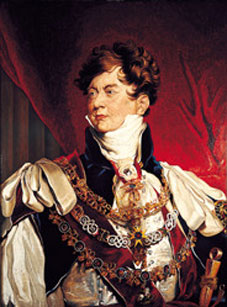
As the ruff died out it was replaced by a high, stiff collar. Again, these collars got higher and stiffer over time. By the early 1800s they were actually a physical danger, as the edges could be so sharp they could cut men’s ears. Even as late as 1902 H.G. Wells complained that the starched fabric “made [the] neck quite sore and left a red mark under [the] ears.”
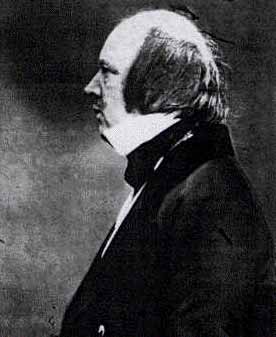
While these days someone with an upturned collar looks like an ass, polo shirts were actually designed to be worn that way. In 1929, René Lacoste created the “tennis shirt” with an upturned collar to prevent sunburn. It was only as people started wearing polo’s on a regular basis (and inside) that they started laying their collars flat.
3.
Ties
Ties, or the earliest thing resembling one, can be traced back to a group of Croatian mercenaries at the French court of Louis XIV. The soldiers all wore ties and started a fad. They were nothing more than brightly colored silk handkerchiefs tied around the neck, and served absolutely no purpose (just like ties today, come to think of it) but the style caught on at Versailles. And what people were wearing at Versailles was a big deal to the rest of Europe. Soon men were cutting off circulation to their heads with their own fancy scarves all over the continent. They were called Cravats, derived from the French word for Croatian.
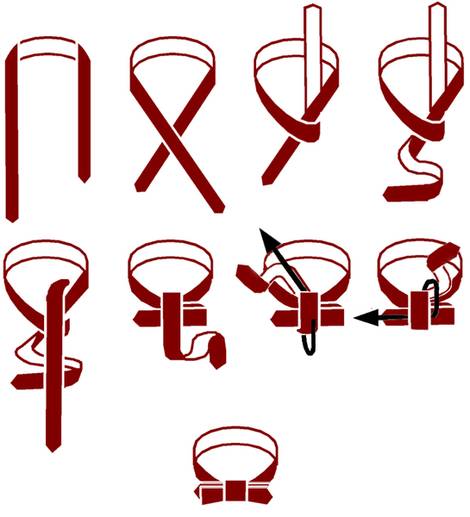
By the early 1800s, the same time men were injuring themselves with those high collars, they were also garroting themselves with increasingly complex cravats. While a few standard knots suffice for the modern tie wearer, back then cravat tying became an art form. It was such a long and complex effort to correctly knot a cravat, involving several servants in some cases, that messing up another man’s tie was a dueling offense.
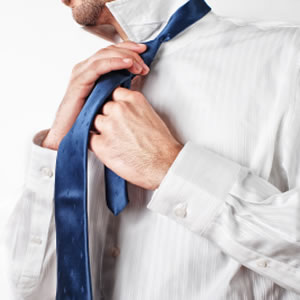
The supreme dandy of the time, Beau Brummell, wore such complex cravats that it took him five hours to get ready. People considered it an honor to sit there that whole time and watch him. This is what happens when you don’t have television.

